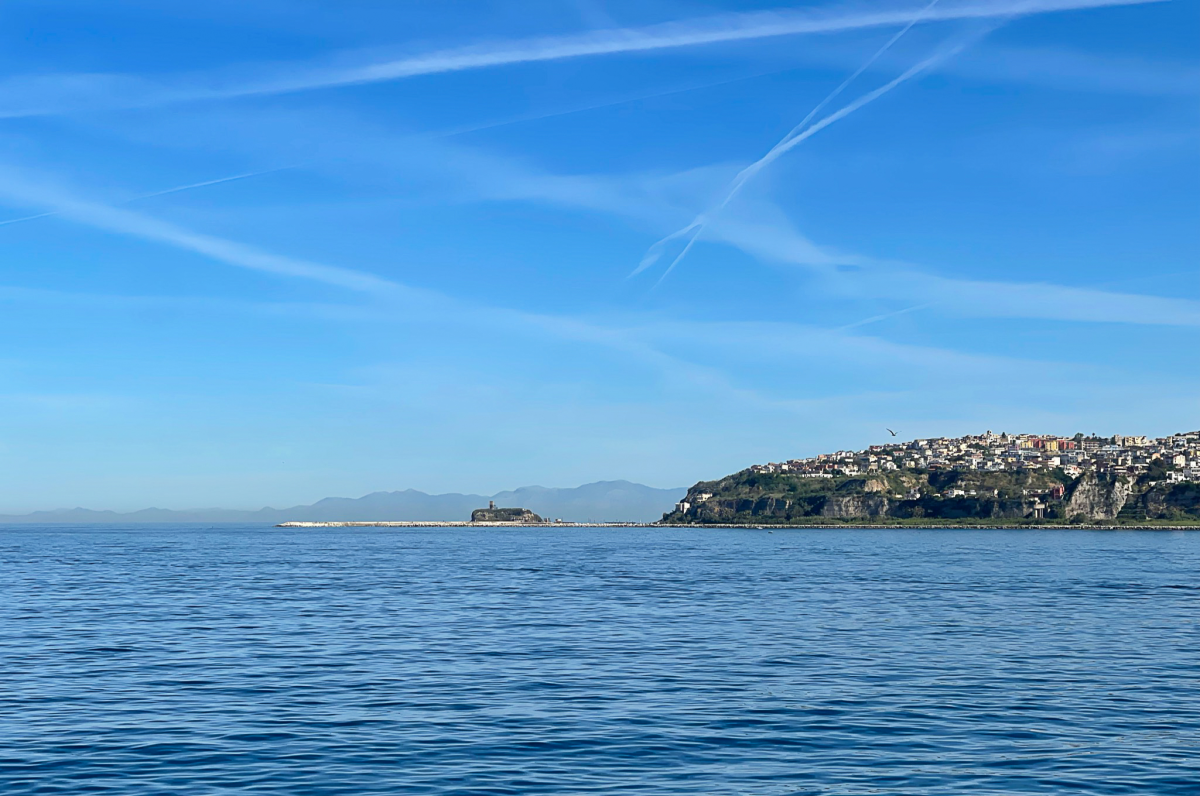It can only be reached by sea nowadays. A strip of land, less than a square hectare, that emerges from the sea in front of Monte di Procida, looking at the much larger island, Procida, trying to reduce the distance between those two elements of a single story.
It was integral part of Monte di Procida, advanced body, promontory of a promontory, until 1488, when a cataclysm, perhaps a seaquake, cut the umbilical cord with the mainland. Thus, the islet of S. Martin was born.
Its name came from an ancient little church, dedicated to S. Martino of Tours, that Montesi people loved to attend in the Middle Ages, attracted also by the beauty of the place where it stood. Another violent seaquake destroyed it, even before its separation from the mainland, but the memory of that cult and the traditions related to it would have been preserved overtime by the toponym.
The islet soon became fundamental for the economy of Procida fishing: it was in its sea that the tonnara was established, in operation between the 16th and 17th centuries, which the Procidan tuna fishermen learned to handle, instructed by Sicilian experts, transferred between Procida and Monte di Procida for this specific purpose.
Meanwhile, S. Martino continued to be used as a quarry for pozzolana, a volcanic material that characterizes the entire Phlegraean area. The extraction was so accentuated and prolonged over time that lowered the original height by of that small area by sixteen meters, which retained considerable vegetation and an undisputed charm for its position.
When, during the First World War, a torpedo factory was built in Baia, the islet was used as a test site for those weapons destined for the Italian Navy.
To reunite again, this time artificially, S. Martin and the mainland, a long bridge was provided, accessible from a tunnel, three kilometers long, with entrance in the locality of Cappella, between Monte di Procida and Bacoli, completed in 1940. During World War II, the Germans undermined both the bridge and the tunnel.
After the war, the islet remained abandoned for a long time, until the 1960s, when it was recovered by a private individual, who started various tourist activities there. A pedestrian tunnel, shorter than that of access to the bridge, made it possible to move easily from one side of S. Martino to the other, until reaching the side overlooking the magnificent panorama dominated by Ischia and Procida.
This is one of the unique features of the islet of S. Martin, together with its remarkable naturalistic value, still important attractors waiting to be enhanced again, after the closure of the tunnel and the collapse of a part of the bridge trait d'union with the mainland.





Comments powered by CComment